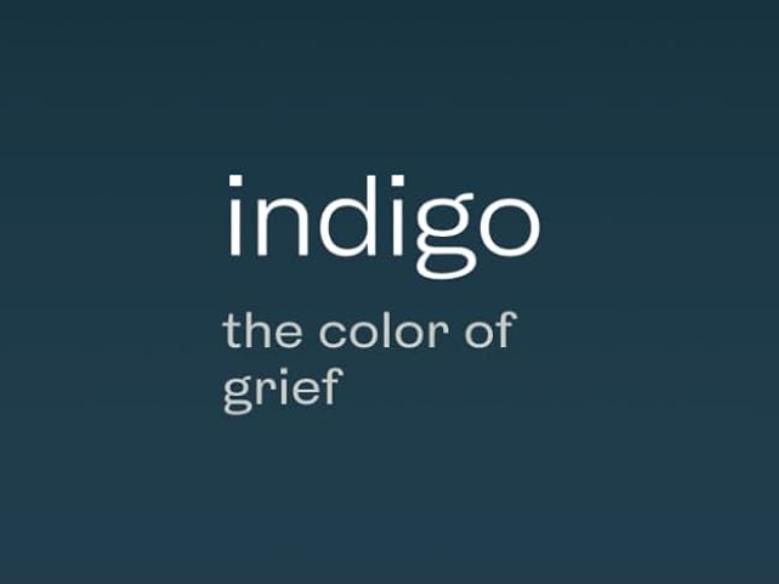A New Color of Grief: Exploring Emerging Perspectives on Mourning
In recent years, conversations surrounding grief have evolved, reflecting changing societal attitudes and a deepening understanding of emotional complexity. The latest discourse, highlighted by Lifestyle.INQ, introduces “a new color of grief”-a nuanced perspective that challenges traditional notions of mourning. This emerging narrative explores how grief manifests beyond the familiar stages of sorrow, encompassing a spectrum of emotions shaped by personal, cultural, and psychological factors. As communities worldwide navigate loss in the context of modern life, this fresh viewpoint offers insight into the diverse ways individuals process and express grief today.
Understanding the Emotional Spectrum of Grief in Modern Society
Grief in today’s world extends far beyond the traditional stages we’ve long accepted. As society evolves, so too does our emotional response to loss, often encompassing feelings that are more nuanced and interconnected. From the quiet numbness experienced in digital-age disconnections to the public vulnerability shared across social media platforms, the spectrum now includes colors unseen in prior generations. This diversification of grief reflects personal, cultural, and technological influences that shape how we mourn both visibly and in isolation.
Modern grief manifests through a variety of expressions, defying singular narratives. It may surface as:
- Ambiguous sorrow – grieving without closure, especially in cases of disappearance or estrangement.
- Delayed mourning – postponed emotional processing due to societal pressures or busy lifestyles.
- Shared collective grief – a mass emotion fueled by global events, amplified by interconnectedness.
- Silent endurance – grief masked by a façade of strength or resilience.
| Type of Modern Grief | Common Triggers | Emotional Colors |
|---|---|---|
| Ambiguous Grief | Estrangement, missing persons | Gray, pale blue |
| Digital Grief | Online memorials, fading profiles | Glitchy black, neon purple |
| Delayed Grief | Busy lifestyles, societal expectations | Muted beige, soft gray |
| Collective Grief | Global tragedies, pandemics | Deep blue, somber red |
| Silent Endurance | Personal struggles, social stigma | Stone gray, shadow black |
If you want me to help further with styling, adding interactive elements, or content structure, just let me know!
How Cultural Shifts Are Redefining Mourning Practices
Modern mourning rituals reflect profound cultural transformations, moving away from traditional somberness toward more personalized and expressive commemorations. Societies worldwide are embracing diverse ways to honor the departed-from vibrant celebration of life gatherings to digital memorials on social platforms. This shift underscores an evolving perception of grief, where transparency and shared storytelling foster communal healing rather than isolated sorrow. The integration of art, music, and even virtual reality experiences into funeral rites highlights how technology and individualism are interwoven in contemporary grieving processes.
Key trends reshaping mourning include:
- Eco-friendly burials replacing conventional methods
- Interactive online memorial spaces enabling global participation
- Personalized ceremonies reflecting the deceased’s passions and identity
- Mindfulness and wellness practices incorporated to support emotional recovery
| Traditional Practice | Modern Adaptation |
|---|---|
| Black attire mandatory | Colorful dress codes celebrating individuality |
| Strict religious rituals | Interfaith or secular ceremonies |
| Solemn wakes | Festive remembrance parties |
| Tombstone visits | Digital shrines and legacy websites |
Practical Strategies for Navigating Grief with Resilience and Support
Resilience in grief often begins with acknowledging that healing is neither linear nor uniform. Embracing a spectrum of emotions-from sorrow to unexpected moments of peace-creates a foundation for growth. Practical approaches include establishing daily rituals that honor the lost while fostering self-care, such as journaling feelings or engaging in mindful meditation. Surrounding oneself with empathetic listeners and professional support systems can significantly reduce the isolating nature of loss. Encouraging openness in conversations helps transform grief from a burden into a shared human experience, making it more manageable and less daunting.
Implementing structured yet flexible coping techniques can dramatically improve emotional balance. Experts recommend integrating the following into personal routines:
- Regular physical activity to release stress hormones and boost mood
- Creative outlets like painting, music, or writing to channel complex emotions
- Scheduled moments of reflection coupled with forward-looking goal setting
- Participation in support groups tailored to individual grief experiences
| Strategy | Benefit | Suggested Frequency |
|---|---|---|
| Mindful Meditation | Reduces anxiety & promotes clarity | Daily, 10-15 minutes |
| Creative Expression | Facilitates emotional release | Weekly sessions |
| Scheduled Reflection & Goal Setting | Enhances perspective and motivation | Bi-weekly or monthly |
| Participation in Support Groups | Builds community and reduces isolation | Weekly or as needed |
If you’d like, I can help you further style this or add additional content!
Concluding Remarks
As society continues to evolve in its understanding of emotional expression, the emergence of a new color of grief underscores the complexity and diversity of human experience. “A new color of grief” invites readers to reconsider traditional perceptions of mourning, highlighting how cultural shifts and personal narratives shape the ways we cope with loss. Lifestyle.INQ will continue to monitor these developments, bringing you insightful coverage on the evolving landscape of grief and mental health.
